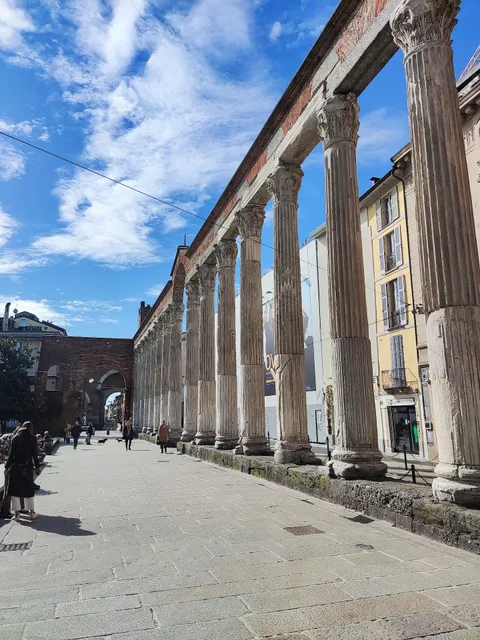Colonne di San Lorenzo things to do, attractions, restaurants, events info and trip planning
Basic Info
Colonne di San Lorenzo
Corso di Porta Ticinese, 20123 Milano MI, Italy
4.4(7.9K)
Open until 12:00 AM
Save
spot
spot
Ratings & Description
Info
Cultural
Scenic
attractions: Basilica San Lorenzo Maggiore, Parco Giovanni Paolo II, La Fabbrica del Cioccolato - Enrico Rizzi Milano, “Alda Levi” Antiquarium, Basílica de Sant'Eustorgio, Studio Museo Francesco Messina (Ex Chiesa di San Sisto al Carrobbio), Museo Diocesano, Palazzo Durini, Basilica di Sant'Ambrogio, Chiesa di San Giorgio al Palazzo, restaurants: Pasta d’Autore, miscusi | pasta fresca - Milano Colonne, Cantina della Vetra, Rugantino, San Lorenzo Osteria Bistrot, La Dogana del Buongusto...Ristorante...vineria, Todos, Osteria Fiaschetto | Ristorante a Milano, Hamerica’s Ticinese zona Colonne, La Hora Feliz
 Learn more insights from Wanderboat AI.
Learn more insights from Wanderboat AI.Phone
+39 02 8940 4129
Open hoursSee all hours
ThuOpen 24 hoursOpen
Plan your stay

Pet-friendly Hotels in Milan
Find a cozy hotel nearby and make it a full experience.

Affordable Hotels in Milan
Find a cozy hotel nearby and make it a full experience.

The Coolest Hotels You Haven't Heard Of (Yet)
Find a cozy hotel nearby and make it a full experience.

Trending Stays Worth the Hype in Milan
Find a cozy hotel nearby and make it a full experience.
Reviews
Nearby attractions of Colonne di San Lorenzo
Basilica San Lorenzo Maggiore
Parco Giovanni Paolo II
La Fabbrica del Cioccolato - Enrico Rizzi Milano
“Alda Levi” Antiquarium
Basílica de Sant'Eustorgio
Studio Museo Francesco Messina (Ex Chiesa di San Sisto al Carrobbio)
Museo Diocesano
Palazzo Durini
Basilica di Sant'Ambrogio
Chiesa di San Giorgio al Palazzo
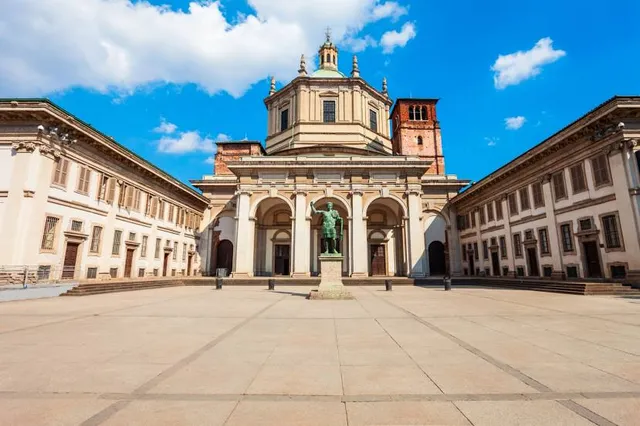
Basilica San Lorenzo Maggiore
4.6
(930)
Open until 12:30 PM
Click for details
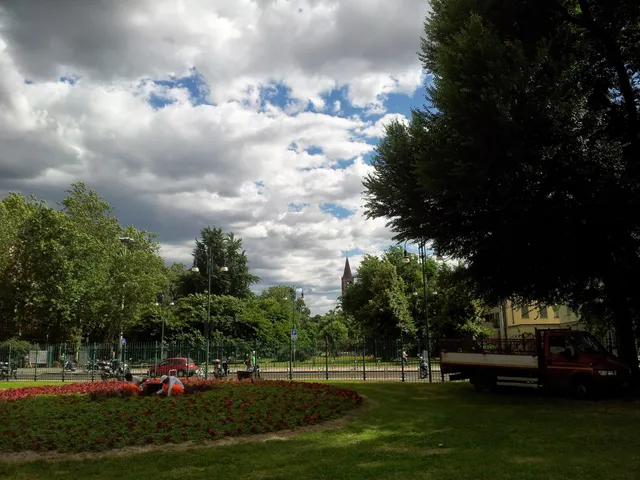
Parco Giovanni Paolo II
4.2
(714)
Open 24 hours
Click for details
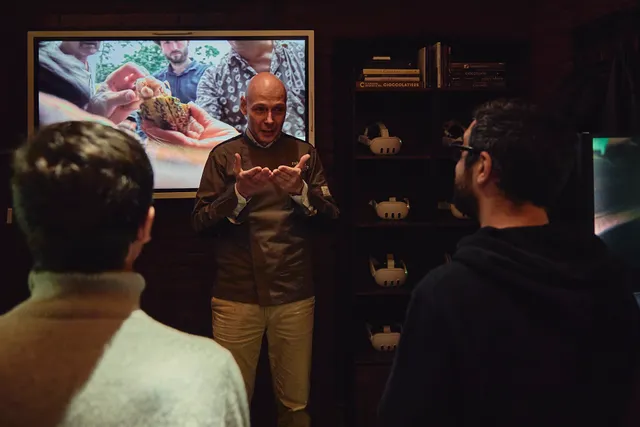
La Fabbrica del Cioccolato - Enrico Rizzi Milano
4.9
(32)
Closed
Click for details
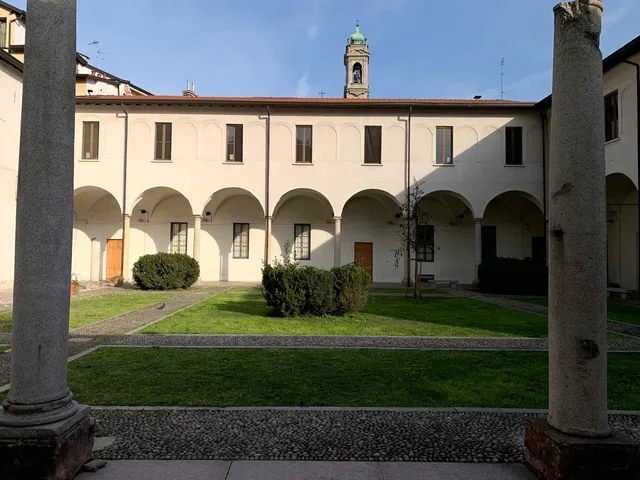
“Alda Levi” Antiquarium
4.2
(17)
Open 24 hours
Click for details
Things to do nearby

Private Milan Photo Session by Hooman
Fri, Dec 26 • 11:30 AM
20121, Milan, Lombardy, Italy
View details
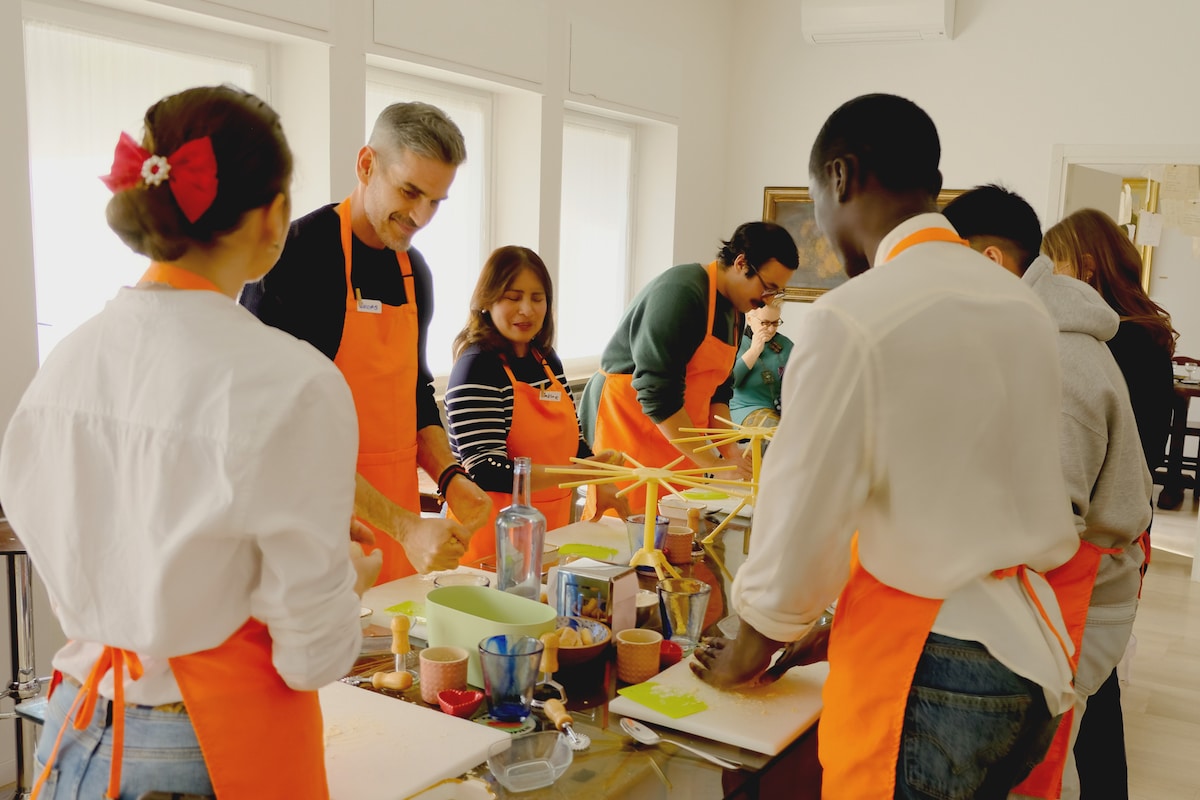
The secret of fresh pasta- tiramisù in a glam home
Thu, Dec 25 • 6:00 PM
20144, Milan, Lombardy, Italy
View details
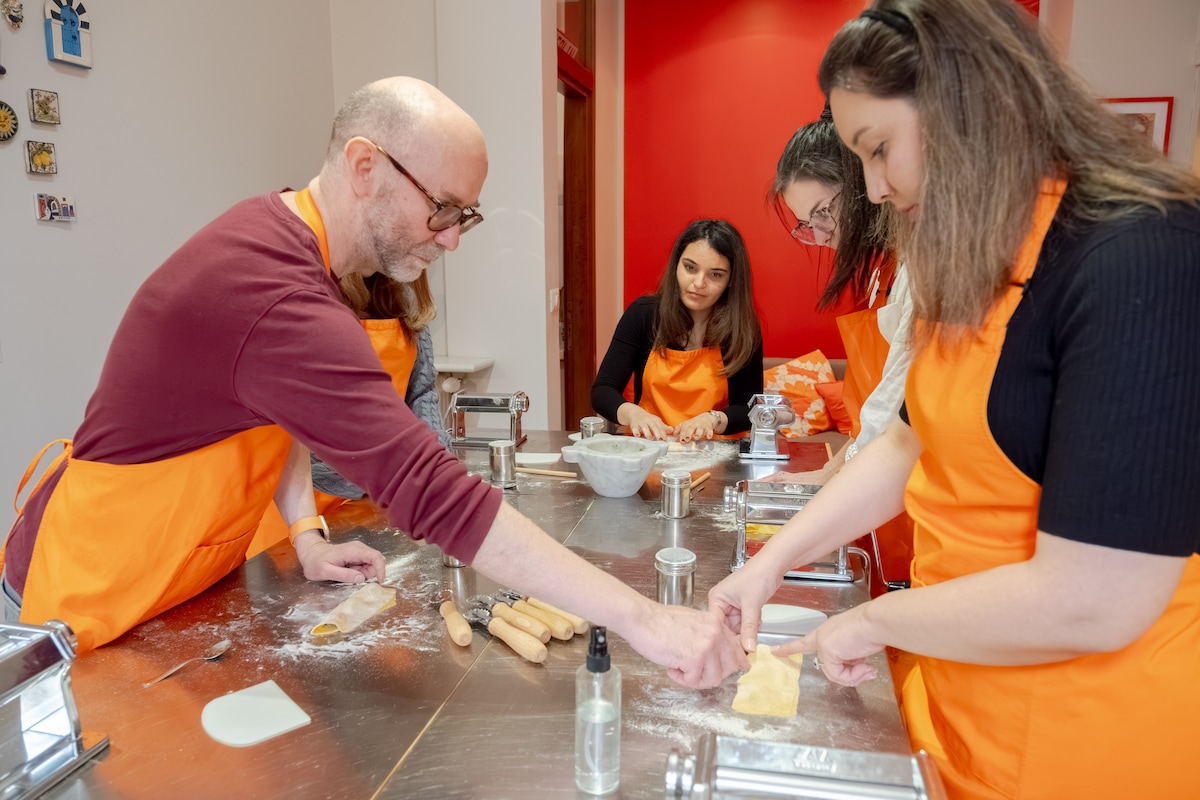
Easily Make Pasta, Bruschetta & Sicilian Tiramisù
Tue, Dec 30 • 6:00 PM
20131, Milan, Lombardy, Italy
View details
Nearby restaurants of Colonne di San Lorenzo
Pasta d’Autore
miscusi | pasta fresca - Milano Colonne
Cantina della Vetra
Rugantino
San Lorenzo Osteria Bistrot
La Dogana del Buongusto...Ristorante...vineria
Todos
Osteria Fiaschetto | Ristorante a Milano
Hamerica’s Ticinese zona Colonne
La Hora Feliz
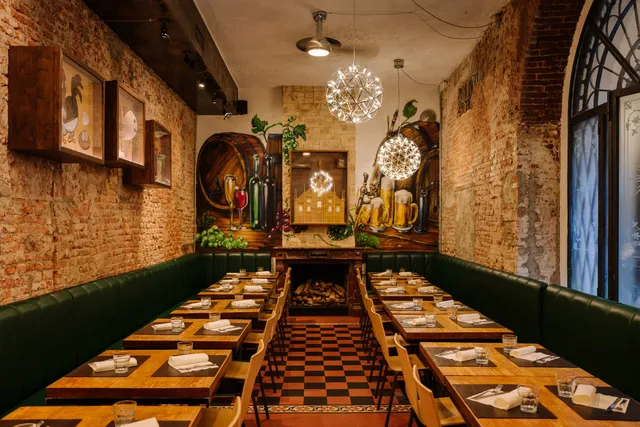
Pasta d’Autore
4.5
(1.9K)
Click for details
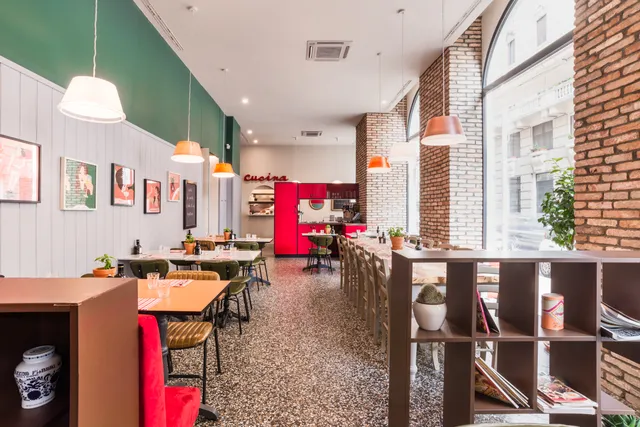
miscusi | pasta fresca - Milano Colonne
4.4
(2K)
Click for details
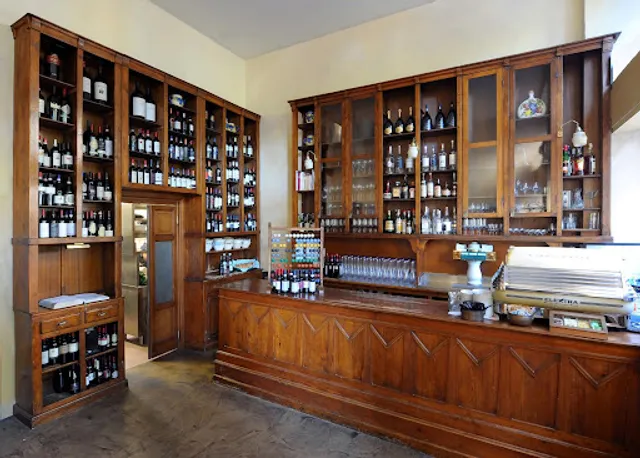
Cantina della Vetra
4.2
(798)
$$$
Click for details
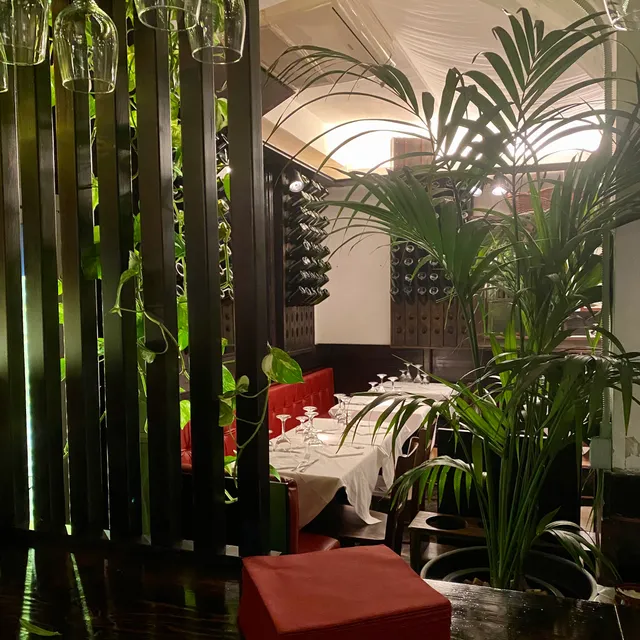
Rugantino
4.0
(845)
$$
Click for details
